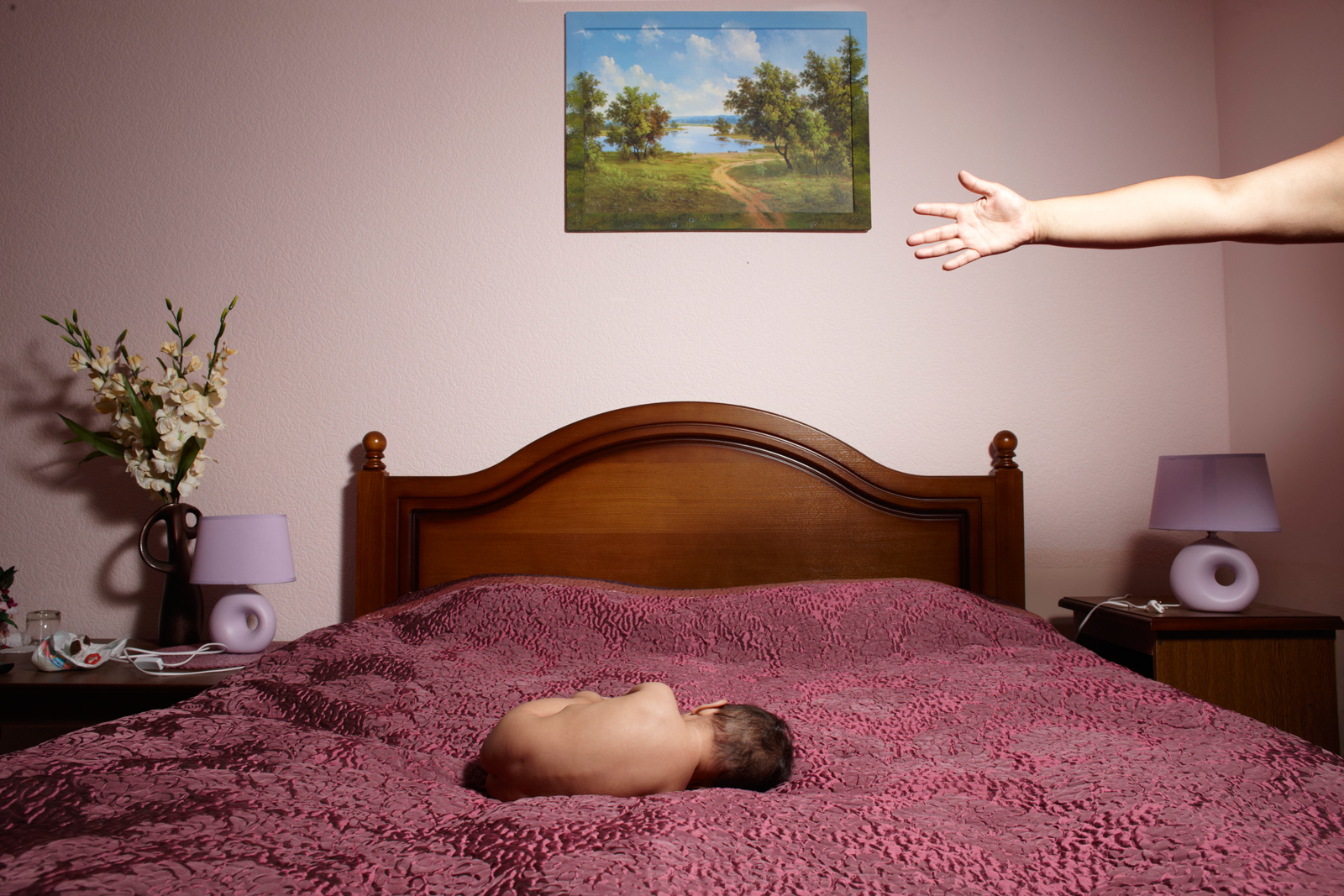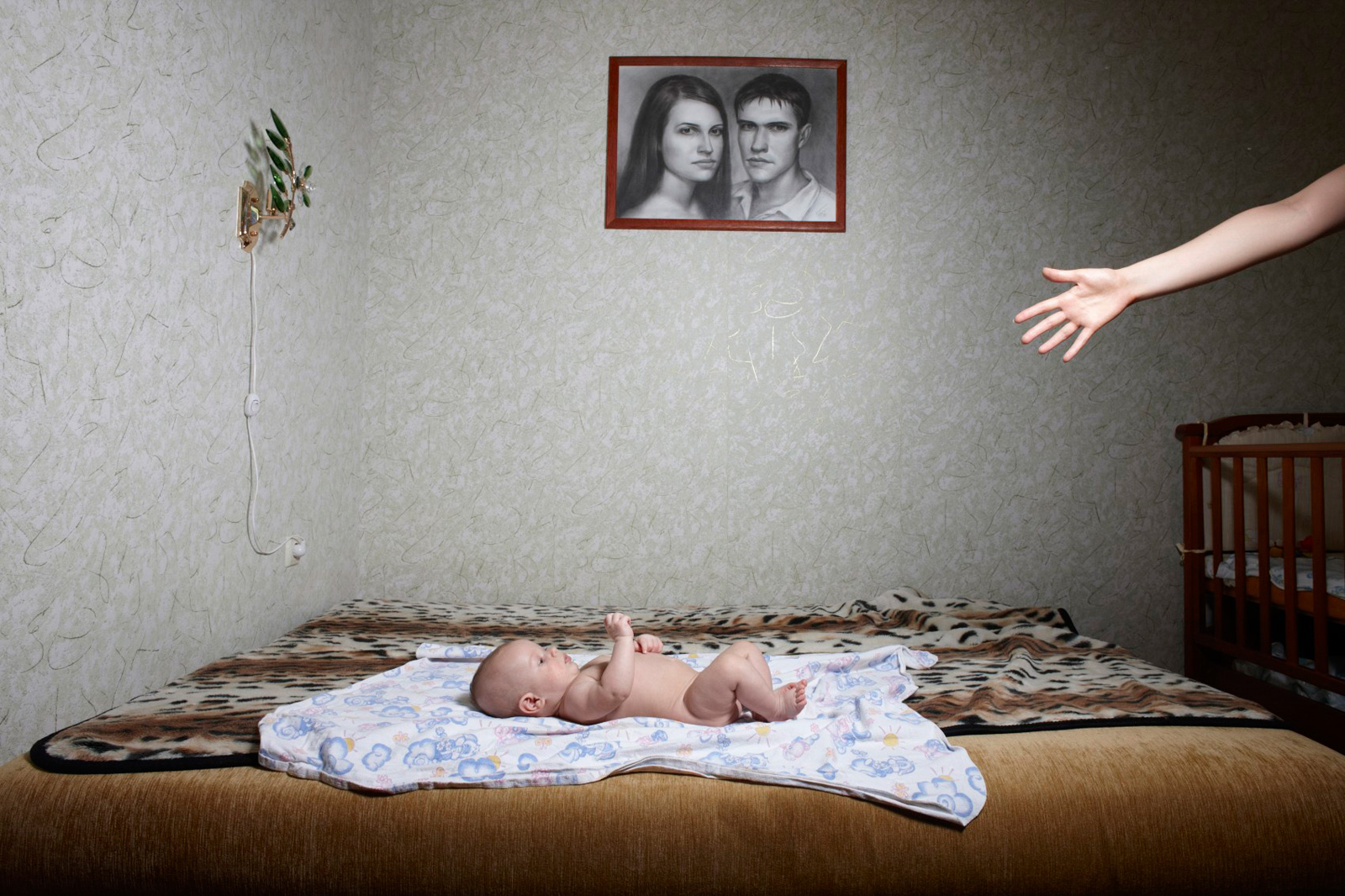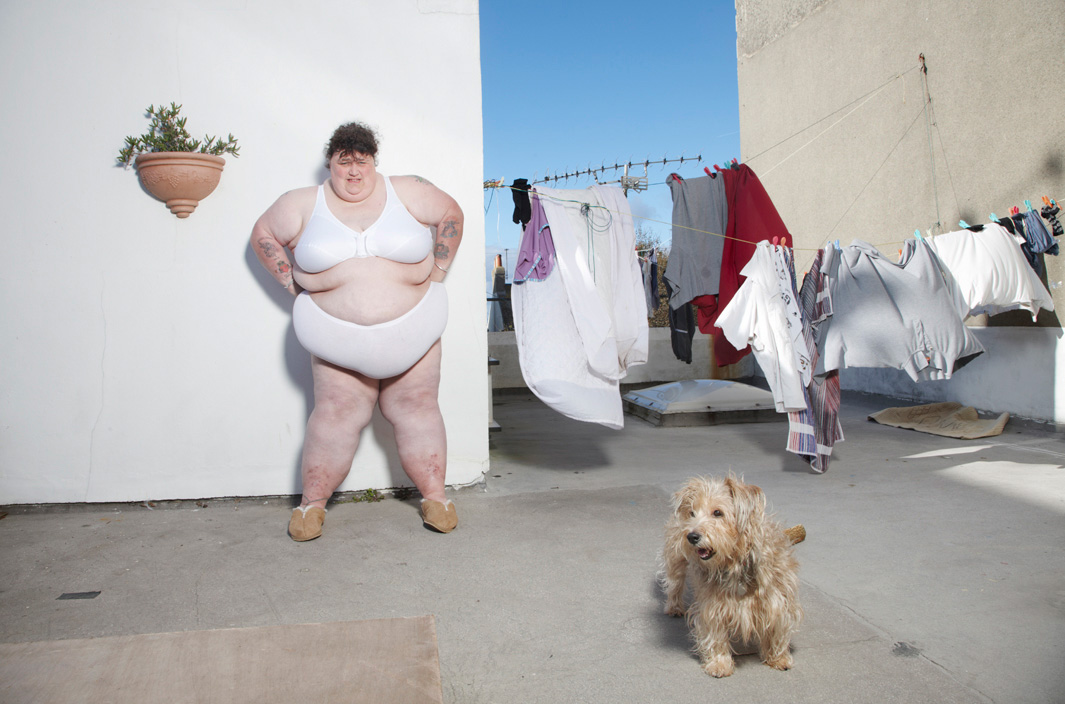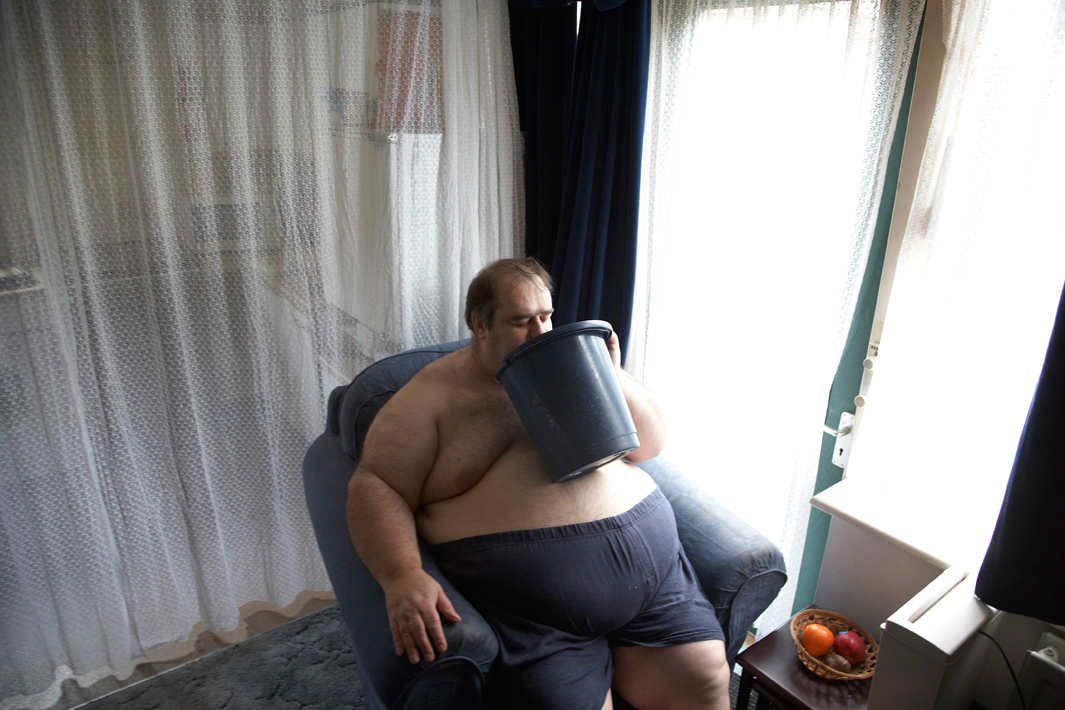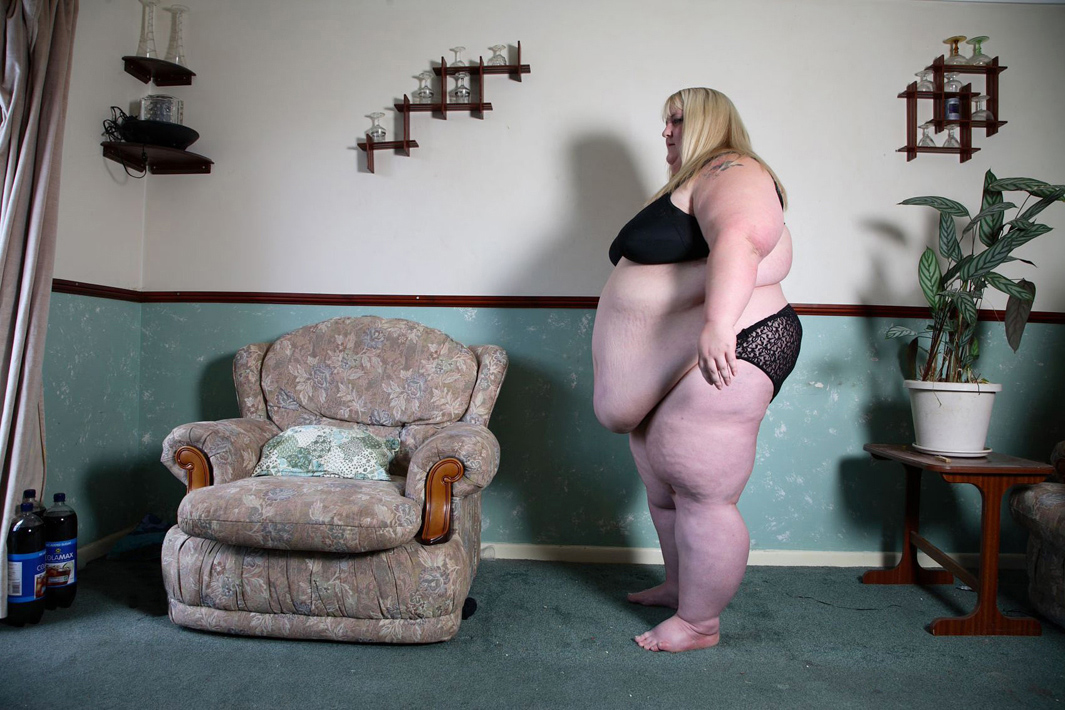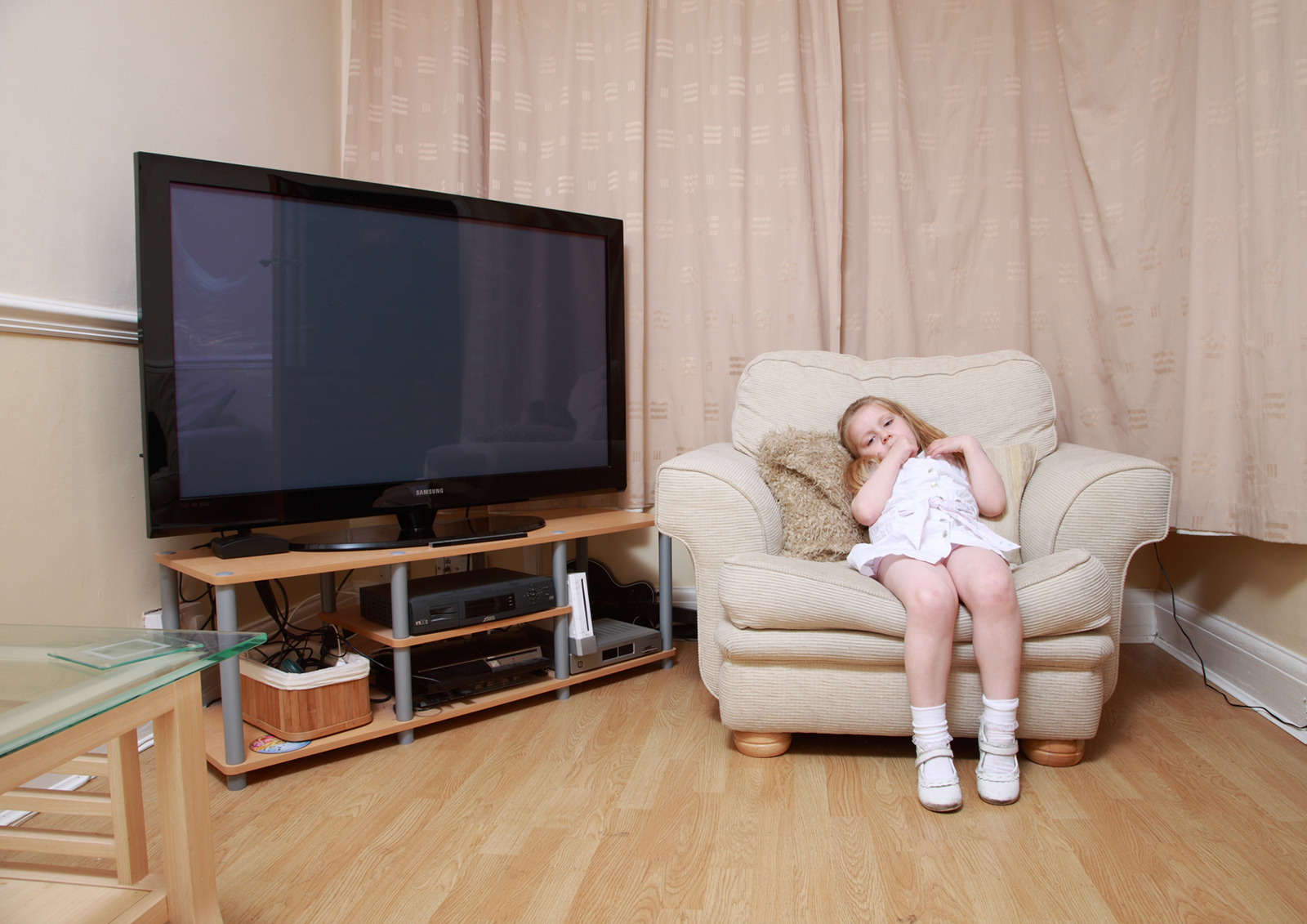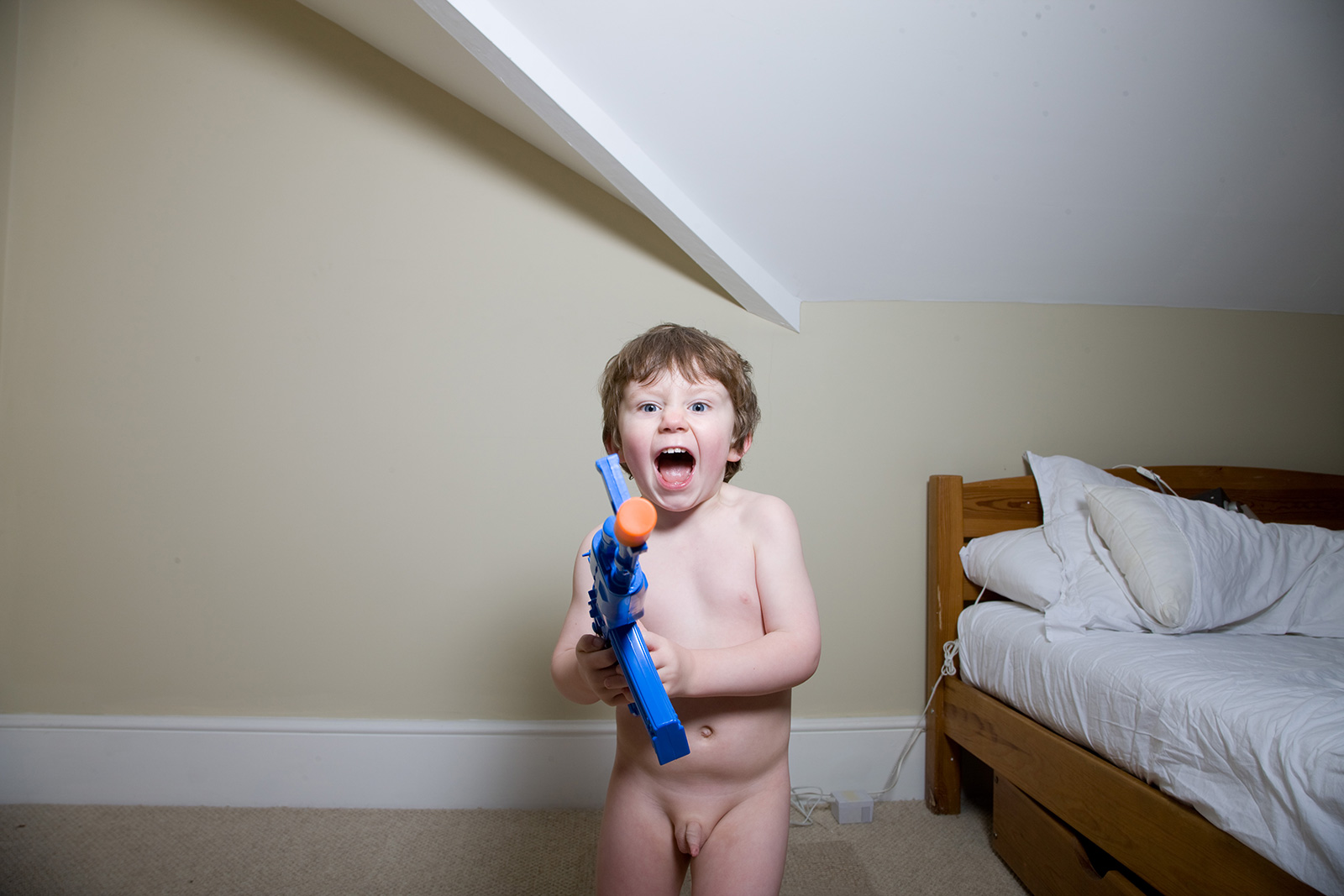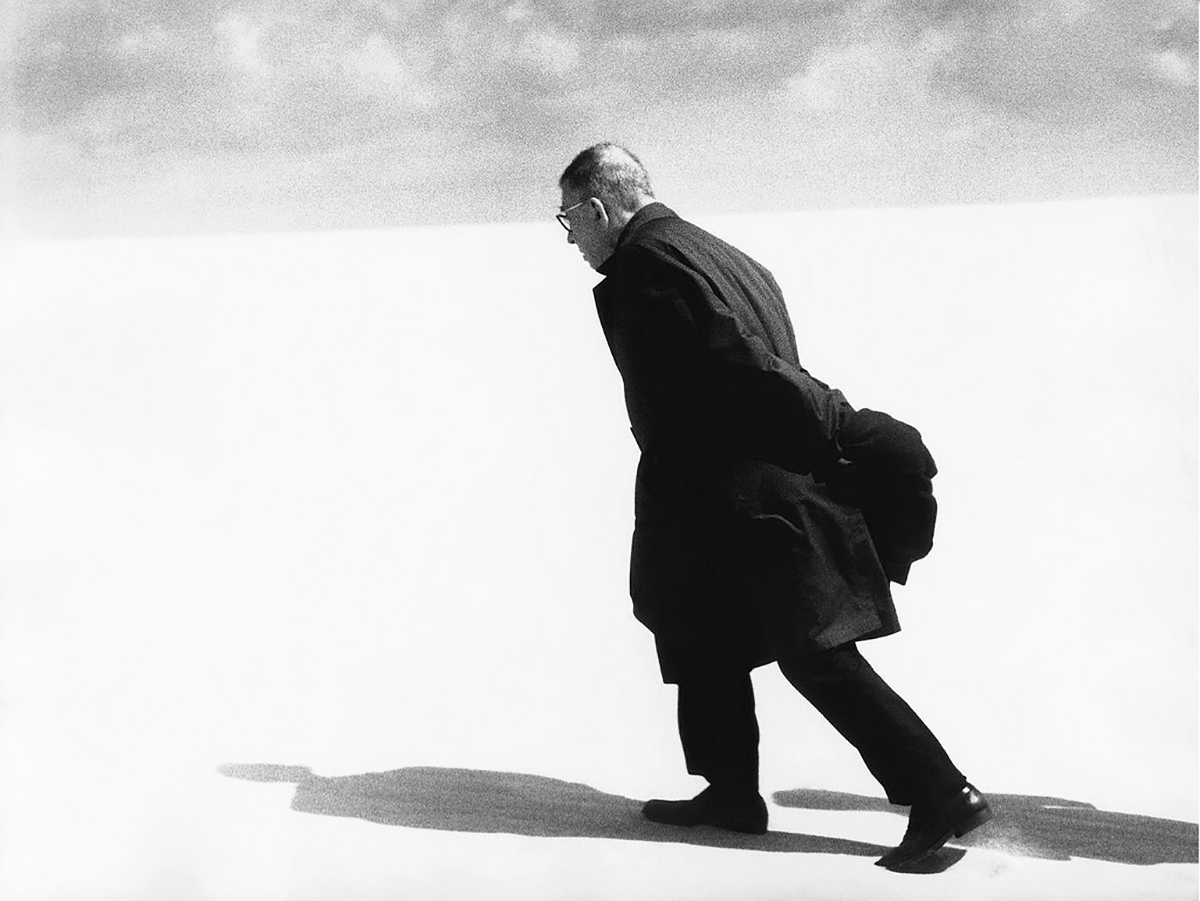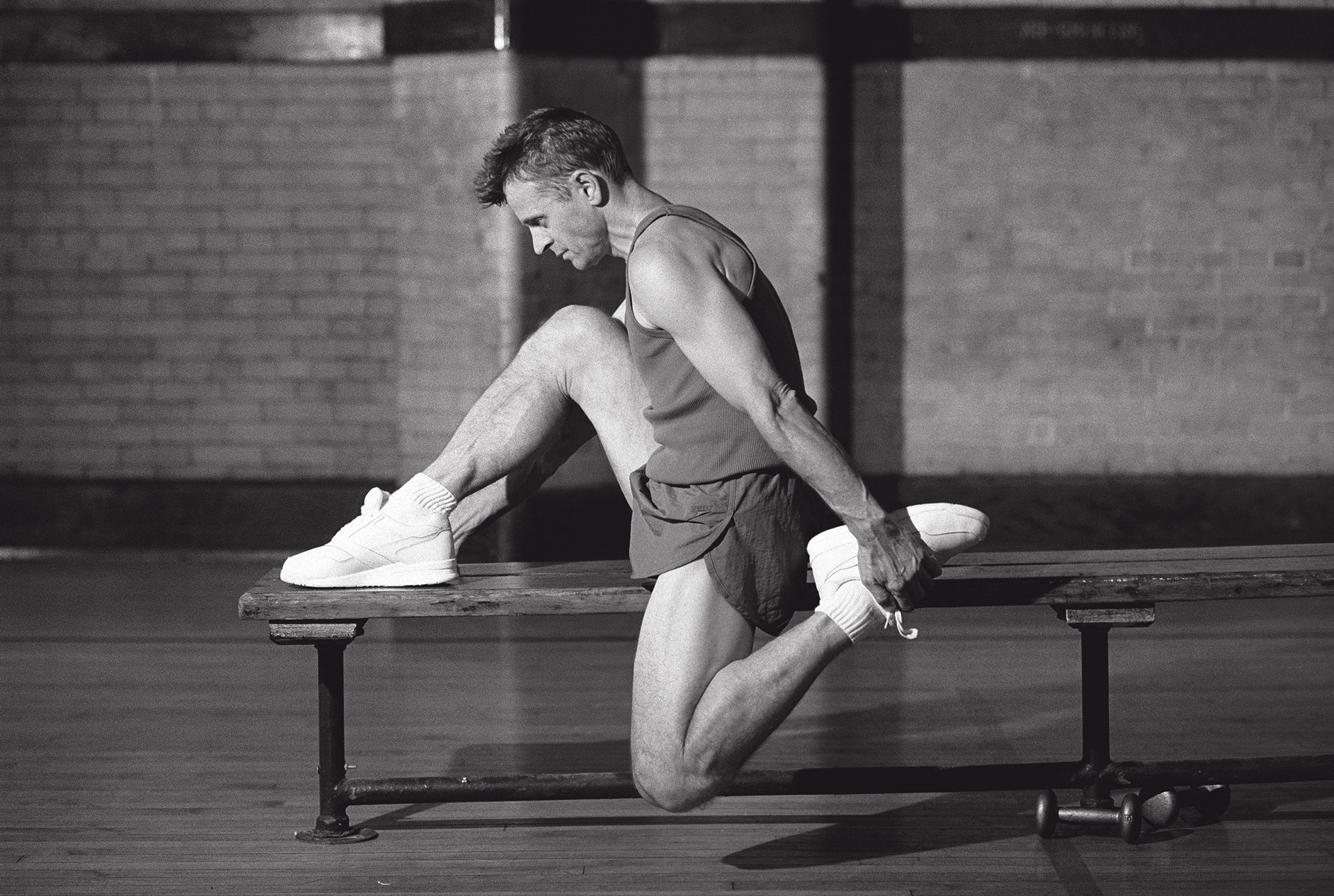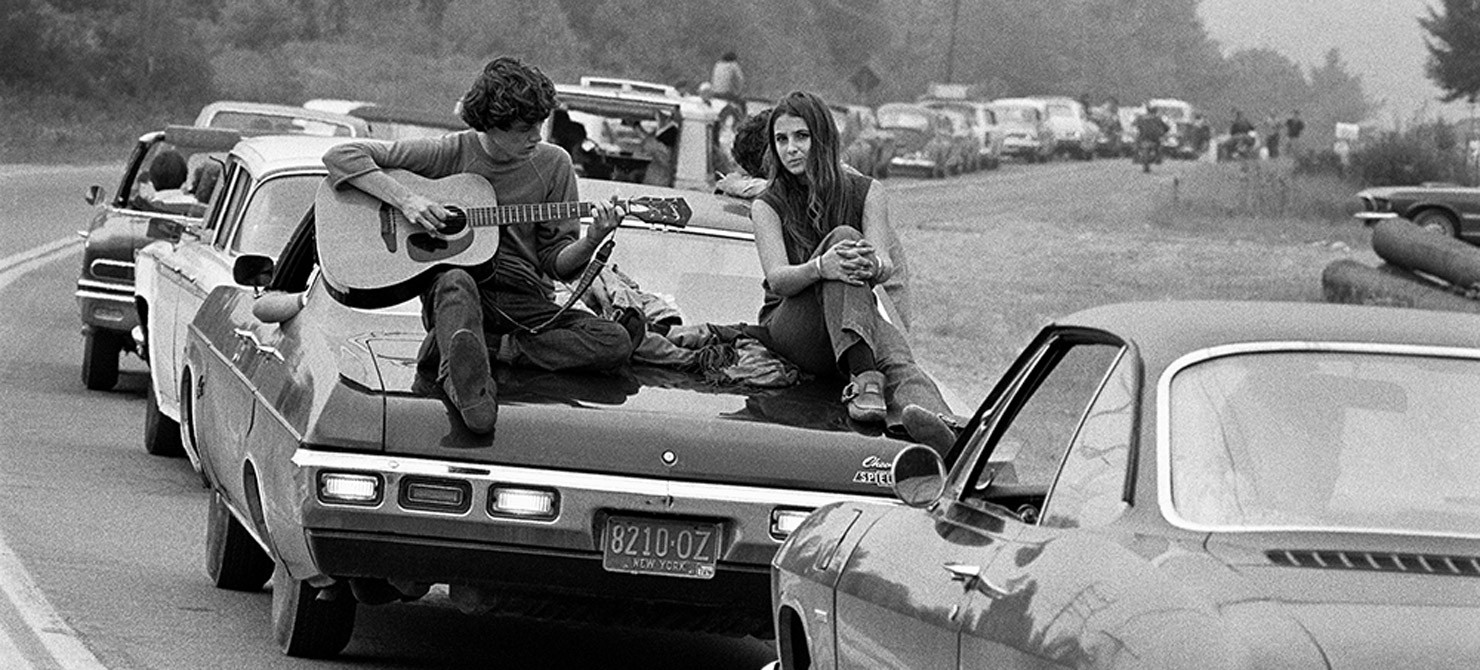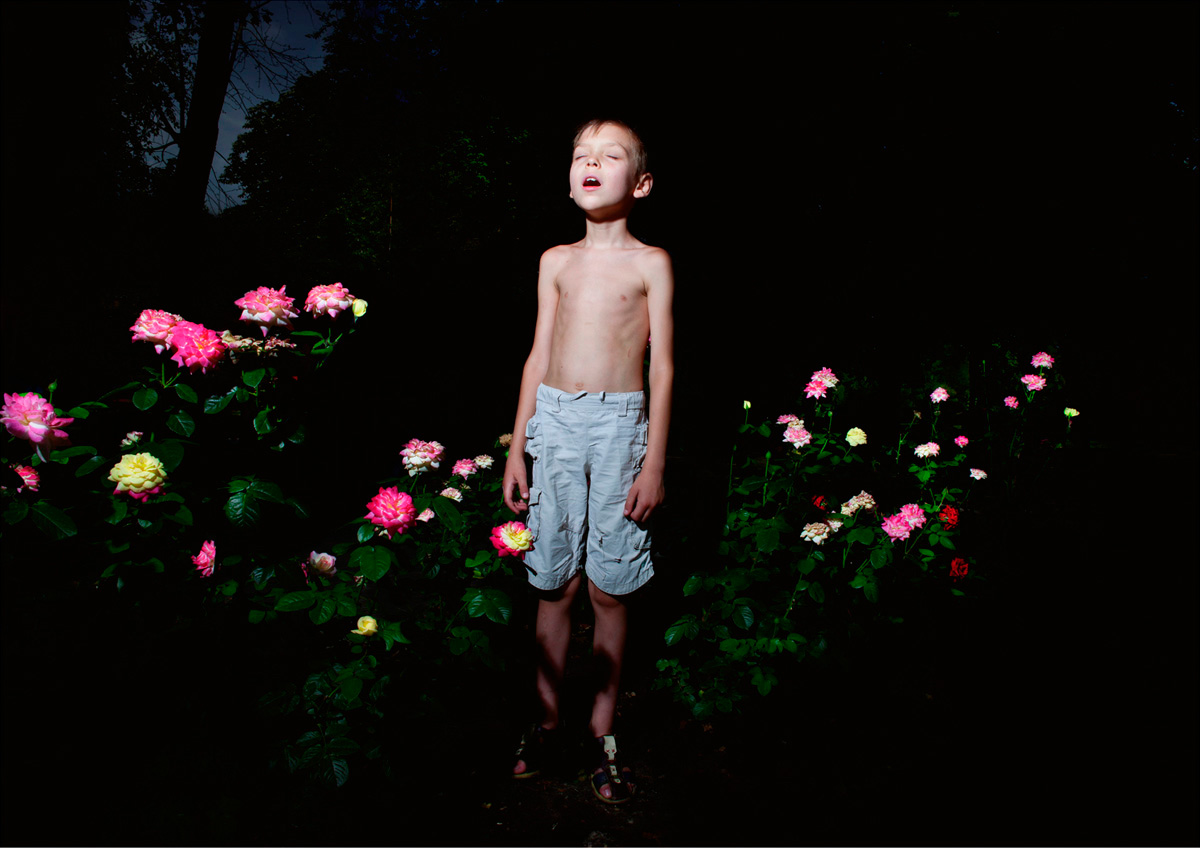
“I Laughed, Cried, Loved and Fought Like a Child” — British Photographer Richard Ansett on Working in Ukraine
British photographer Richard Ansett, famous for his provocative photographs, worked in the east of Ukraine in 2011. Bird In Flight talked to the photographer and found out what was the best advice that he received, why it was not easy for him to meet with Boris Mikhailov, and why Donbass is a dangerous place to live in.
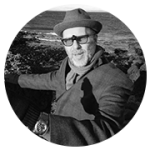
British photographer, lives in London. Studied photography at the Rochester School of Art. Exhibited his works at solo and group exhibitions all over the world. Ansett’s works are part of permanent exhibitions at the National Portrait Gallery in London and the Museum of Photography in Belgium. In 2011, Richard Ansett participated in the residency of the Izolyatsia Foundation in Donetsk, where he was curated by Boris Mikhailov.
— I partially lost my eyesight in 2007 to the extent that I was unable to trust my focus and this threw me into a deep anxiety about my future. At this time I was forced to examine my options outside of photography. I was already involved with a charity that I have worked with now for 13 years that supports people who need to explore their emotional issues. So in parallel I started training with the objective of becoming a therapist. I have since continued on this path and have embraced the Gestalt process personally, artistically and in the support of others. This education has led to further exciting developments in the way I see the world and therefore the development of work.
My early introduction to photography by my father gave me an opportunity to silently communicate in a language that replaced my inability to express my feelings in a normative way. I was drawn to photography and I think it saved me but I have only come to understand why as I have explored my own sense of place over many years. Without photography, I imagine I would have found some way to attempt to escape my sense of displaced existence, either through something positive or through the slow self-destruction of drug abuse, self-harm or suicide, found lying in a ditch, unloved, another dead nihilist. Perhaps I would have embraced my ordinary life in the small town I was born in, married my first girlfriend and had two kids, maybe one has mild autism, this other me has accepted the limitations of my existence and doesn’t wonder too much what else might be out there.
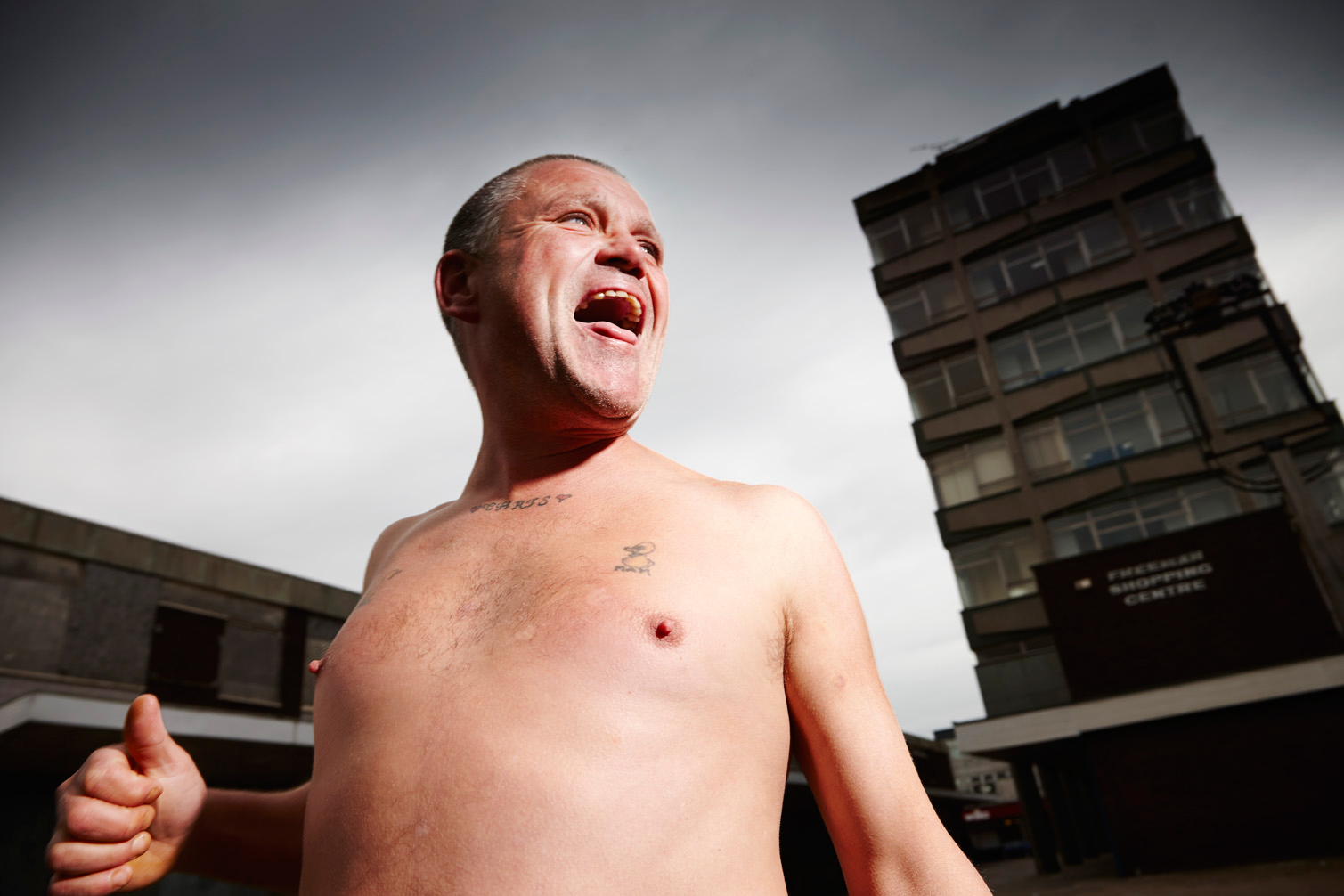
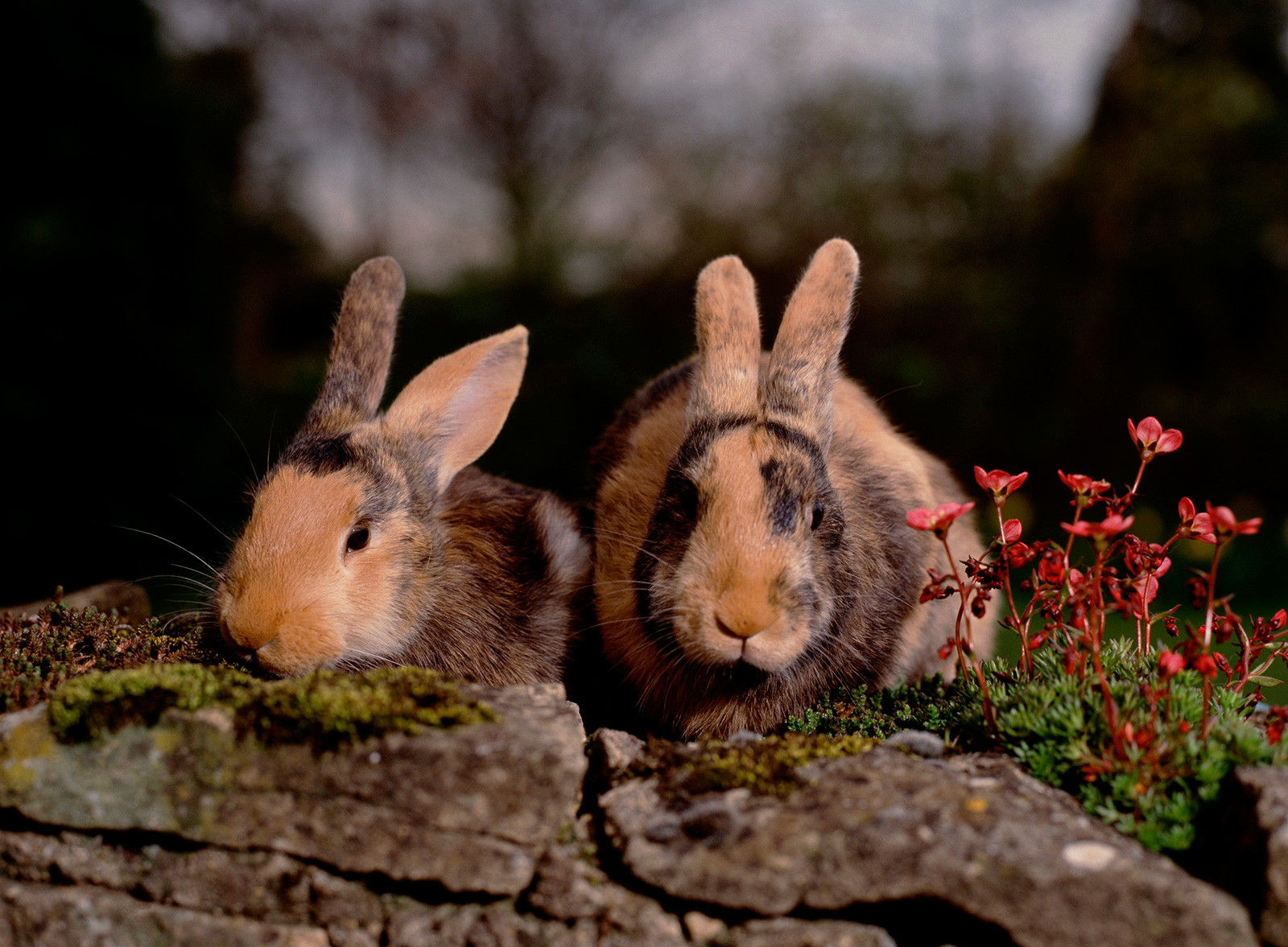
I consider Mother and Child taken during my residency at Izolyatsia in Donetsk to be my best. This image is a perfect example of my working practice; it is a present engagement with reality informed by life experience, whose reason for creation was only fully realized in hindsight.
This project came about as a simple task of meeting and photographing the young mothers with their infants in the Ukrainian city of Donetsk. I was seeking a shared human experience that transcended cultural boundaries, free from a patronizing, post-colonial judgment. From these experiments there are many beautiful conventional images, but I began to examine the distance created from the mother and the child within the same space. The mother’s arm is visible but it is unclear whether it is moving towards or away. Although the child is not alone or unsafe, there is a personally uncomfortable emotional distance created in the space that felt dangerous to me. This was later analyzed as my response to my adoption and the pre-verbal trauma of the separation from my birth mother played out and projected into this reality space.
I am exploring the lives of others in a never-ending attempt to make more sense of my own life relative to others. I am attempting to vibrate the edges of a shared perception through a re-presentation of works whose narrative has either been shifted or removed and this is the filter through which all my images must pass. My images and projects are most successful when I accept that I work in a non-linear way. All projects and work must start with straight line but I find that all successful work is created outside of this initial certainty. I bracket doubt during the act of creation and allow myself to believe and trust in the motives that drive me.
Photography requires constant vigilance and a continual evaluation of the ever-increasing archive of work. I am drawn to any subject that indirectly challenges my conventions or in some way vibrates the edges of my understanding but I never know when it will appear. I feel deeply connected to new works but I accept that this cannot be trusted as my perspective is skewed by the emotional investment and I lack objectivity. Often months or even years have passed before I rationally judge a image’s real worth.
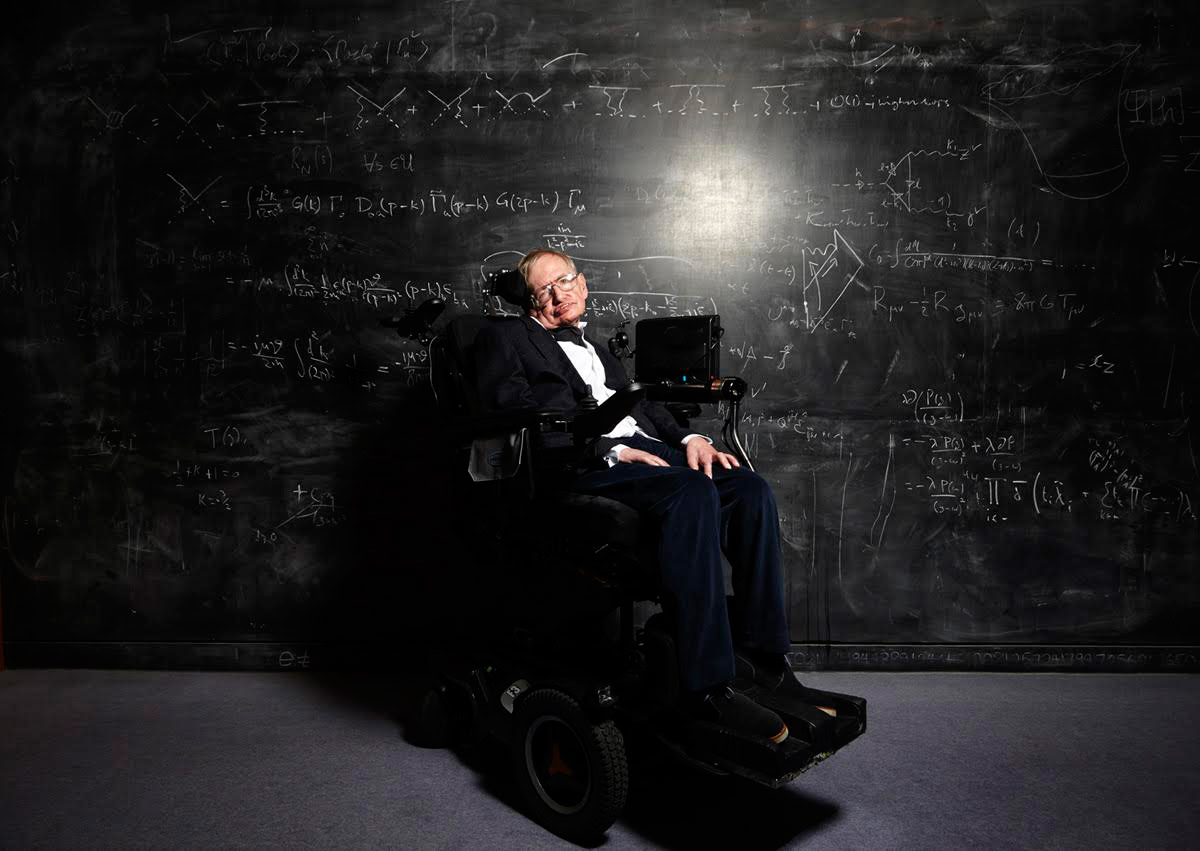
The creative process is a form of filter in the moment and in hindsight, I am seeking and responding to an emotional ‘petit mort’ a sensation akin to an orgasm. My subjects are complicit in a process but they are not collaborating in a final product as that is still unknown and therefore any portrait should not be assumed to be ‘about’ anything including the subject. Any accurate representation of a person is purely accidental.
I am continuously struggling to break through my own glass ceiling into higher levels of understanding and escape the established and limited notions that hold me back from taking the personal emotional risks needed to create work that may exceed my own personal expectations and needs. I am tormented by my own sense of limitation and it is a continuous trudge to defeat this but it is part of my muscle memory. I struggle to find an equal energy that matches the importance of the creative act when sharing my work with the world. Attempting to understand the hidden forces at play when creating and presenting work requires constant vigilance but it is essential for the development of images of most value.
The best advice I have ever received has been that if we take an image that we immediately like, then it must exist already in a previous form; it is conforming to an existing aesthetic criteria. My works are inevitably influenced by contemporary and historic references, but it is the unique blend and balance of these forces that lead to a style that can be finally considered unique.

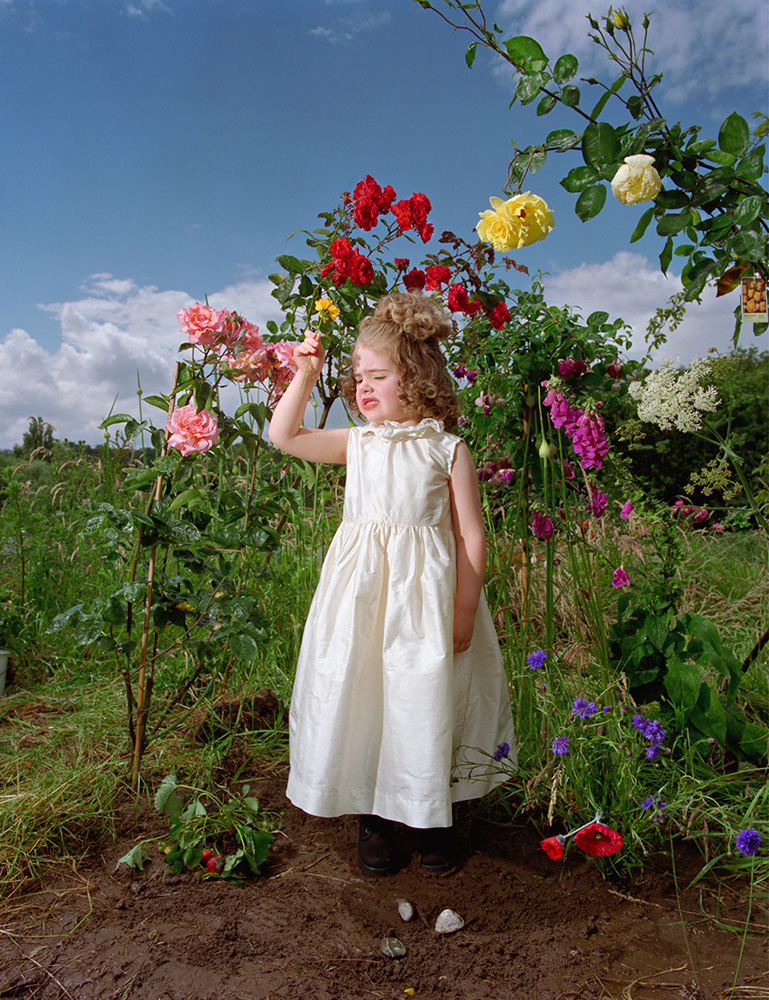
I was late in my awareness of Boris Mikhailov’s Case Histories but when I found a damaged copy at the Serpentine Gallery bookshop I was deeply affected. I felt I was viewing the very zenith of what was possible in the exploration of moral realism. I was full of wonder at the boundaries through which Mikhailov had overcome and how far I was from creating such a monumental work.
This body of work became the arbiter of all that was possible within me. I gate-crashed an event at the Barbican Gallery on the chance of meeting him and asked him to sign the same edition, he wrote something brief in Russian, which I did not understand. He flirted with me and I could not tell if he wanted to fuck me, photograph me, or both.

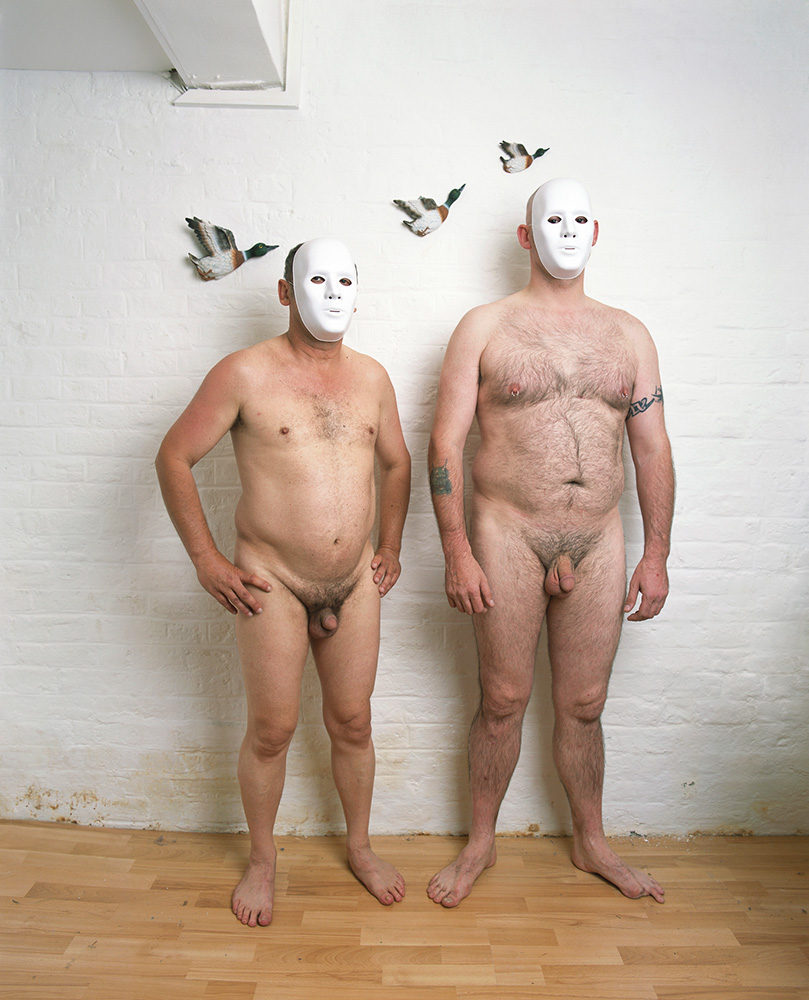
The residency invitation from Izolyatsia included an opportunity to be mentored by Mikhailov and my letter of intent was sent with the express desire to have the opportunity to develop work inspired by his presence. I was able to present my works in a basic form to him and the curators in an emotional and intense meeting where he expressed to the head curator that my work was ‘The skeleton from which all the other meat hangs’. Knowing that Mikhailov would be waiting to see my work at the end of the residency process was a huge motivation to creating what I consider to be the most important work of my career.
I have great affection for the artistic community of Izolyatsia (who have now moved to Kyiv). I am certain that I will return to Izolyatsia and work with them again in a new way; we are constantly in touch. The Izolyatsia organisation factory where we showed the amazing lightboxes has been reconnoitered by the separatists and is being used as a prison camp. My light boxes are still trapped there.

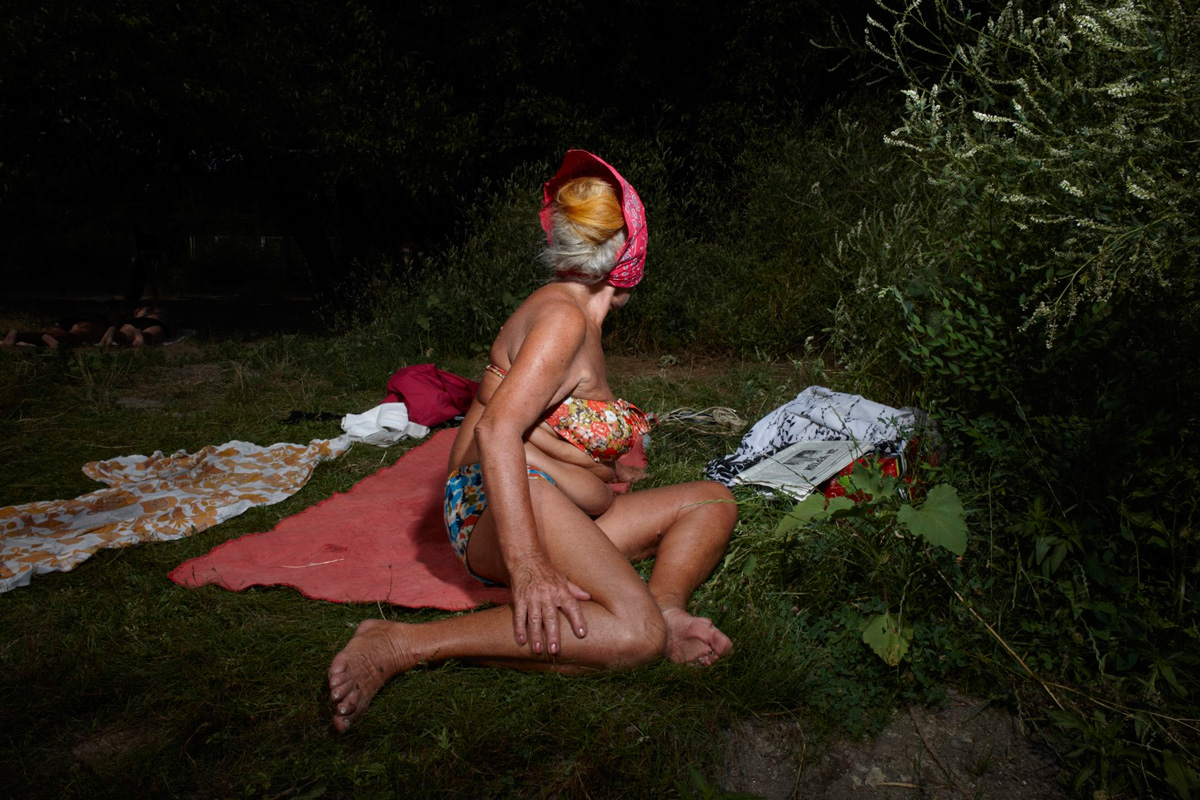
I found a great empathy with Ukraine as a country. In Donetsk, I laughed, cried, loved and fought like a child. This led to the huge resource of works created that I define under the umbrella of ‘fracture and healing’.
There is a directness of emotion there that I respond to very well. Many people of the Donbas region that I consider my friends, both separatists and nationalists. One consequence of the troubles is an aggressive and conservative reaction to art as subversive and even Boris Mikhailov’s works are ignorantly regarded ironically as western imperialist pornography. This is a clue to the confused hotbed of powerful ideological forces that makes Donbas such a dangerous place to be.
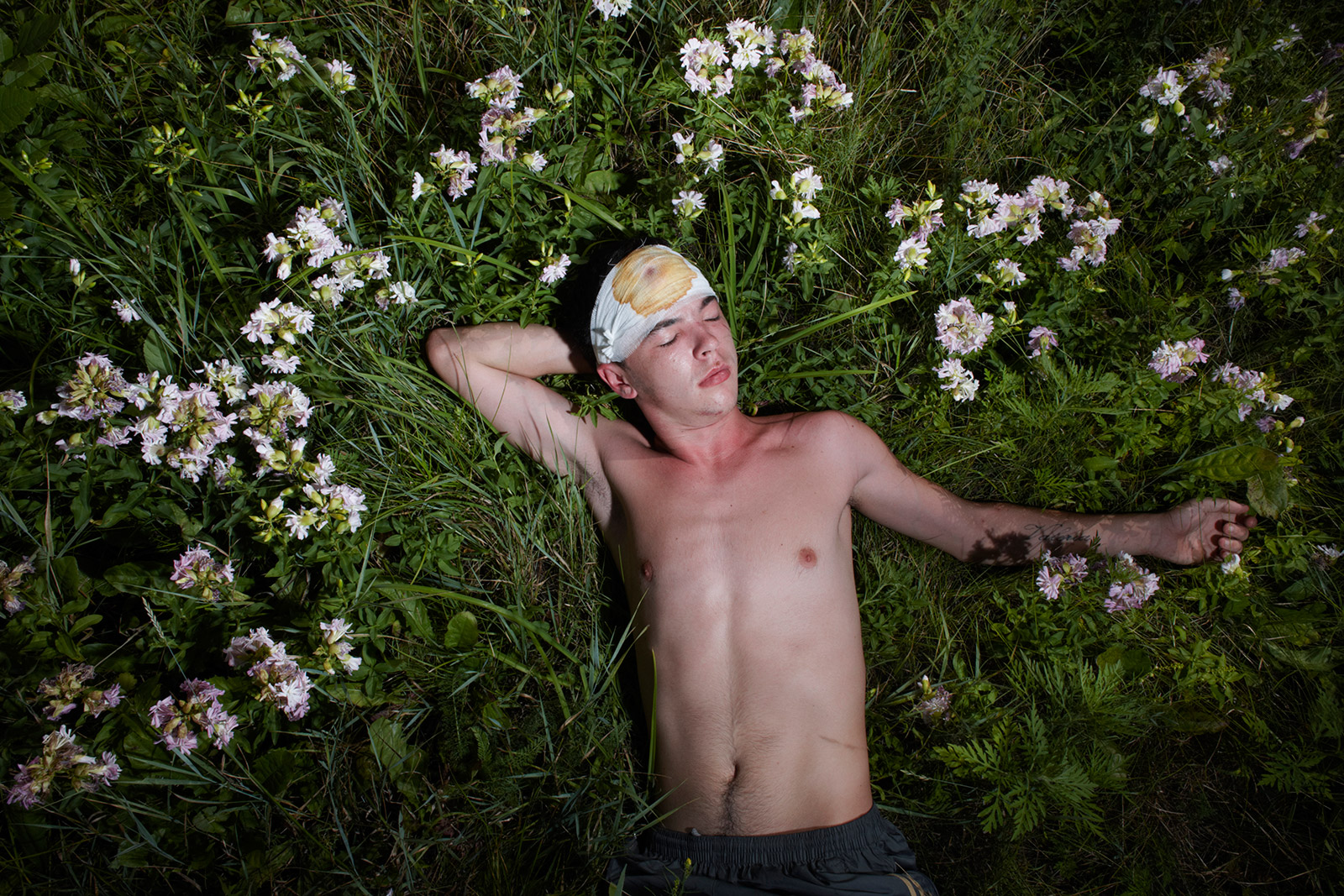
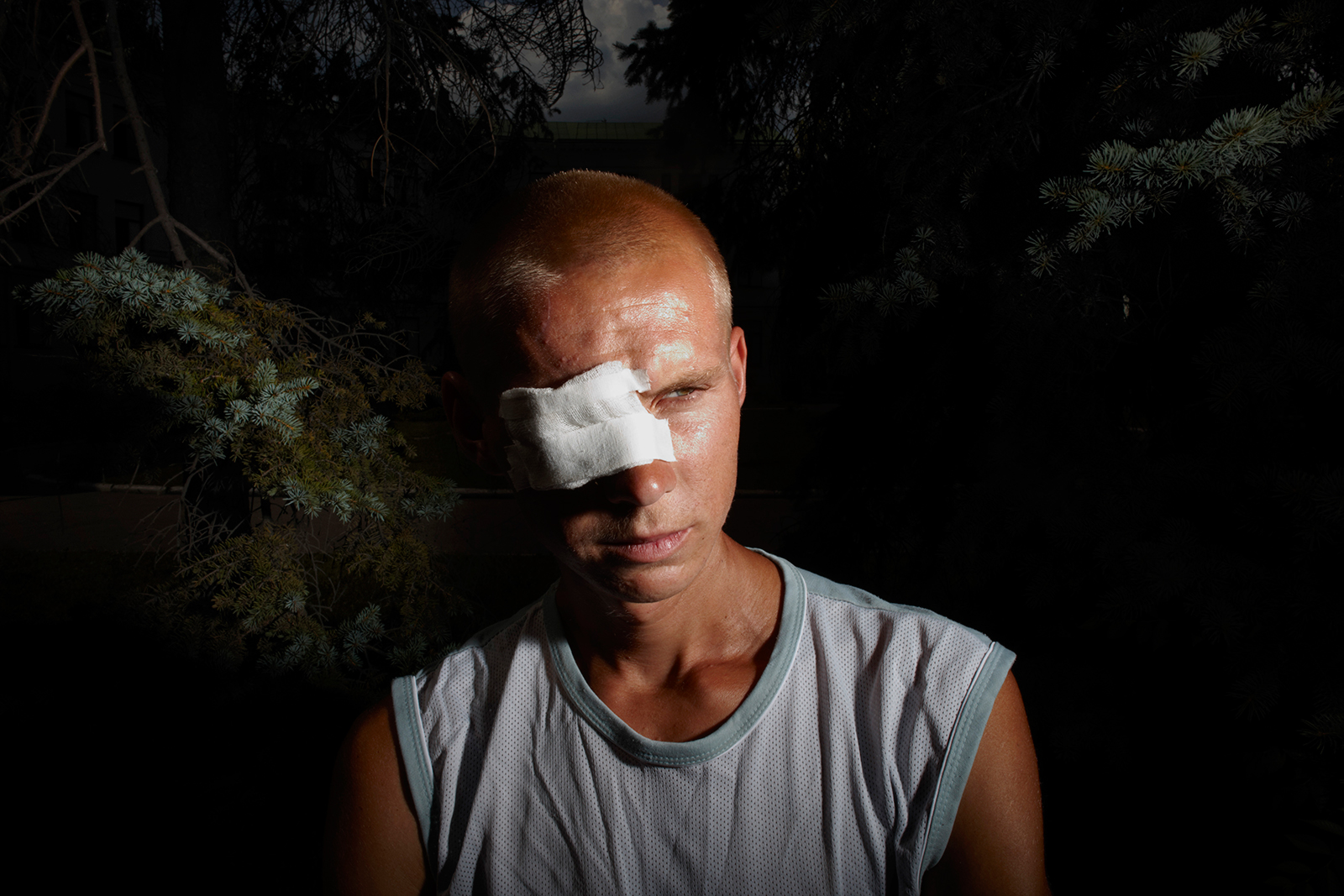
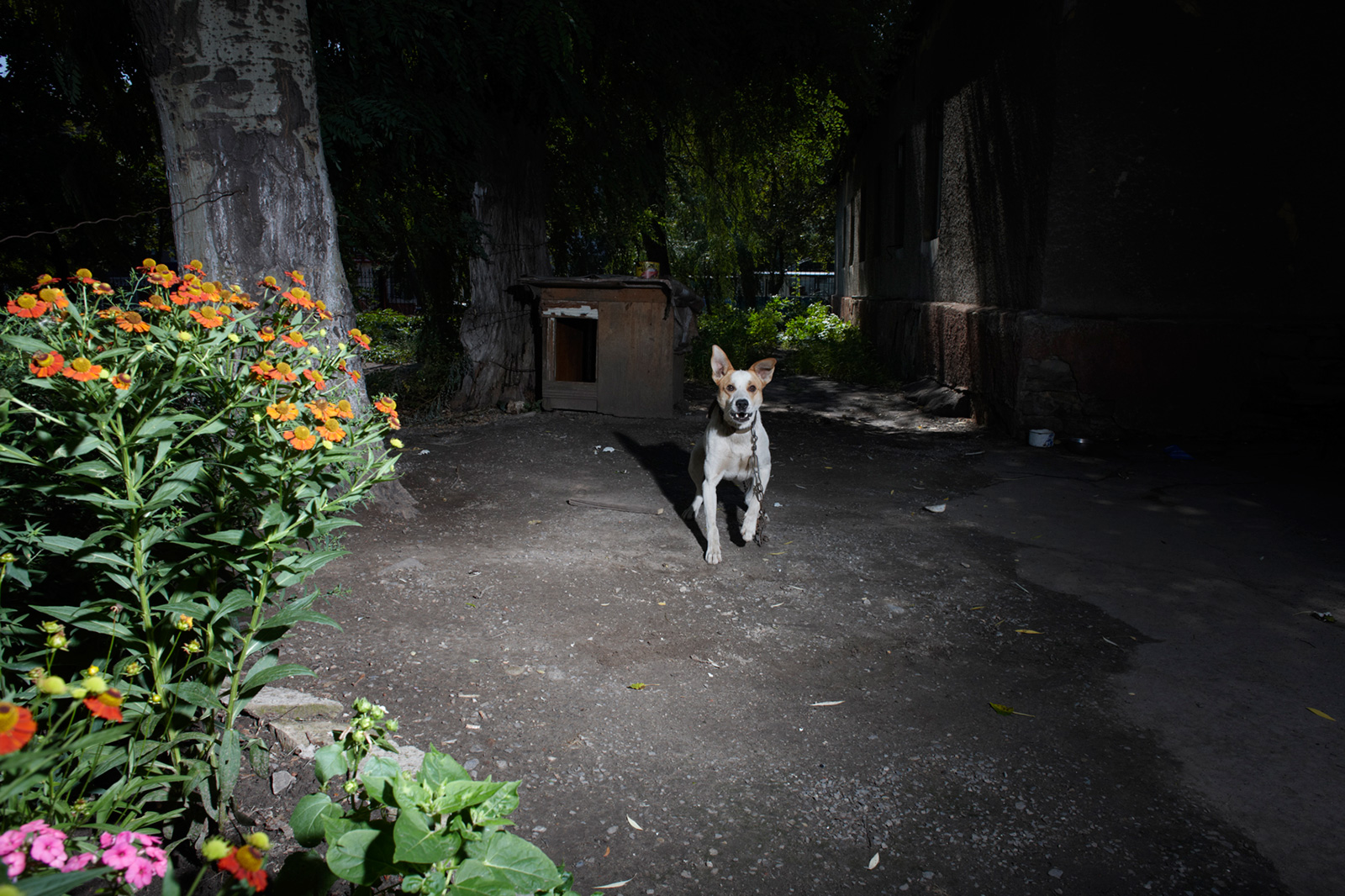
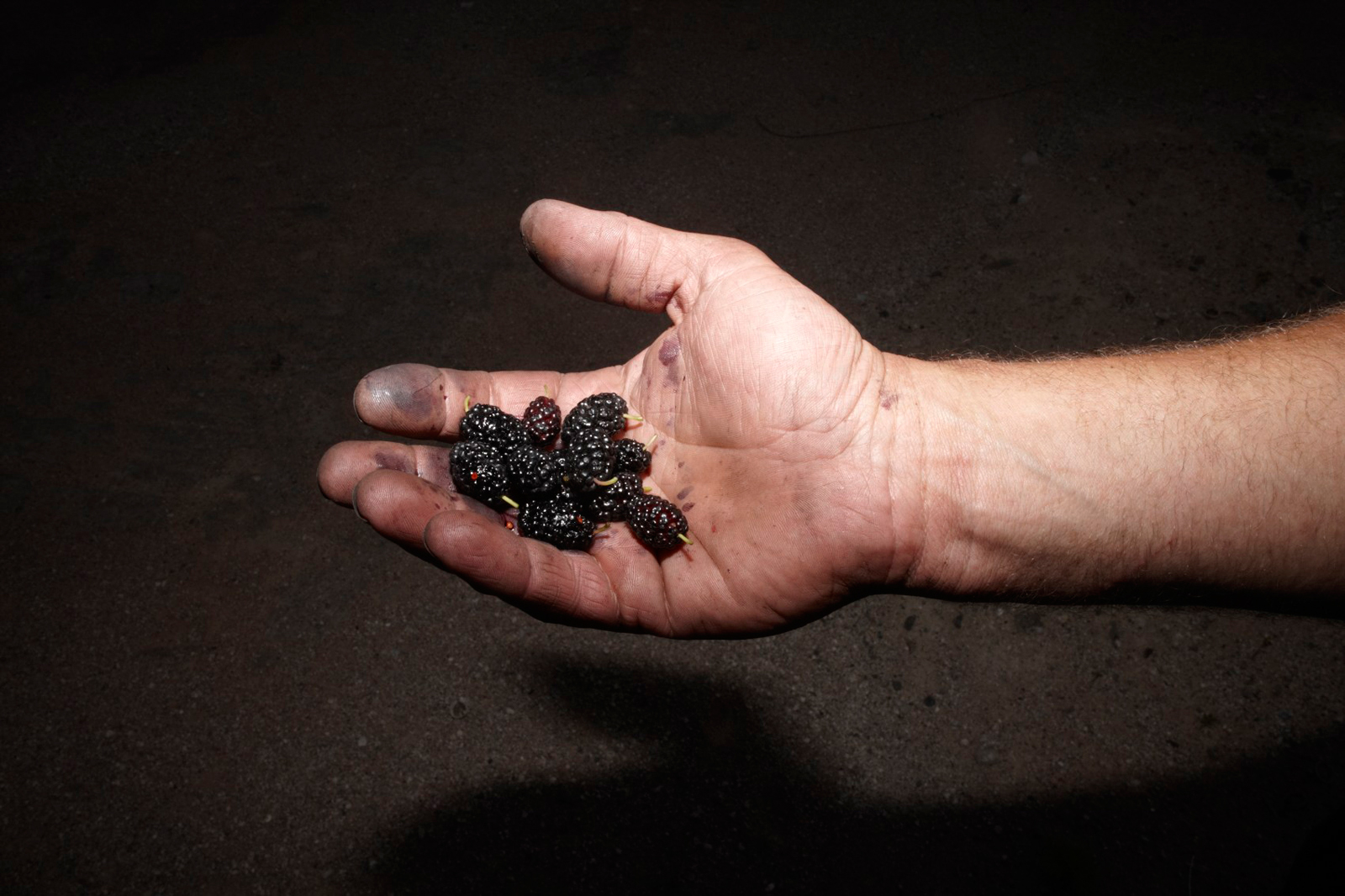
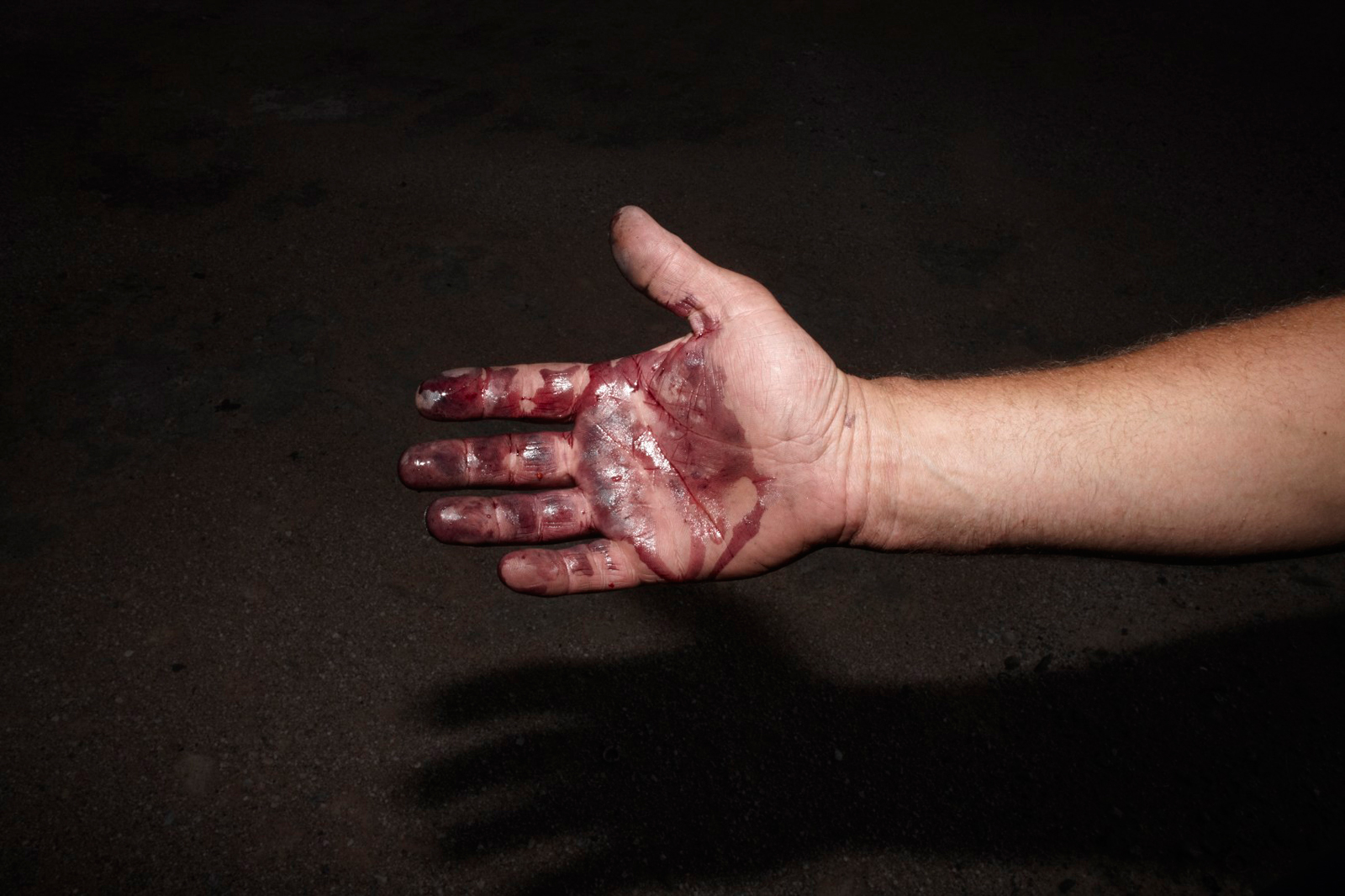
New and best
